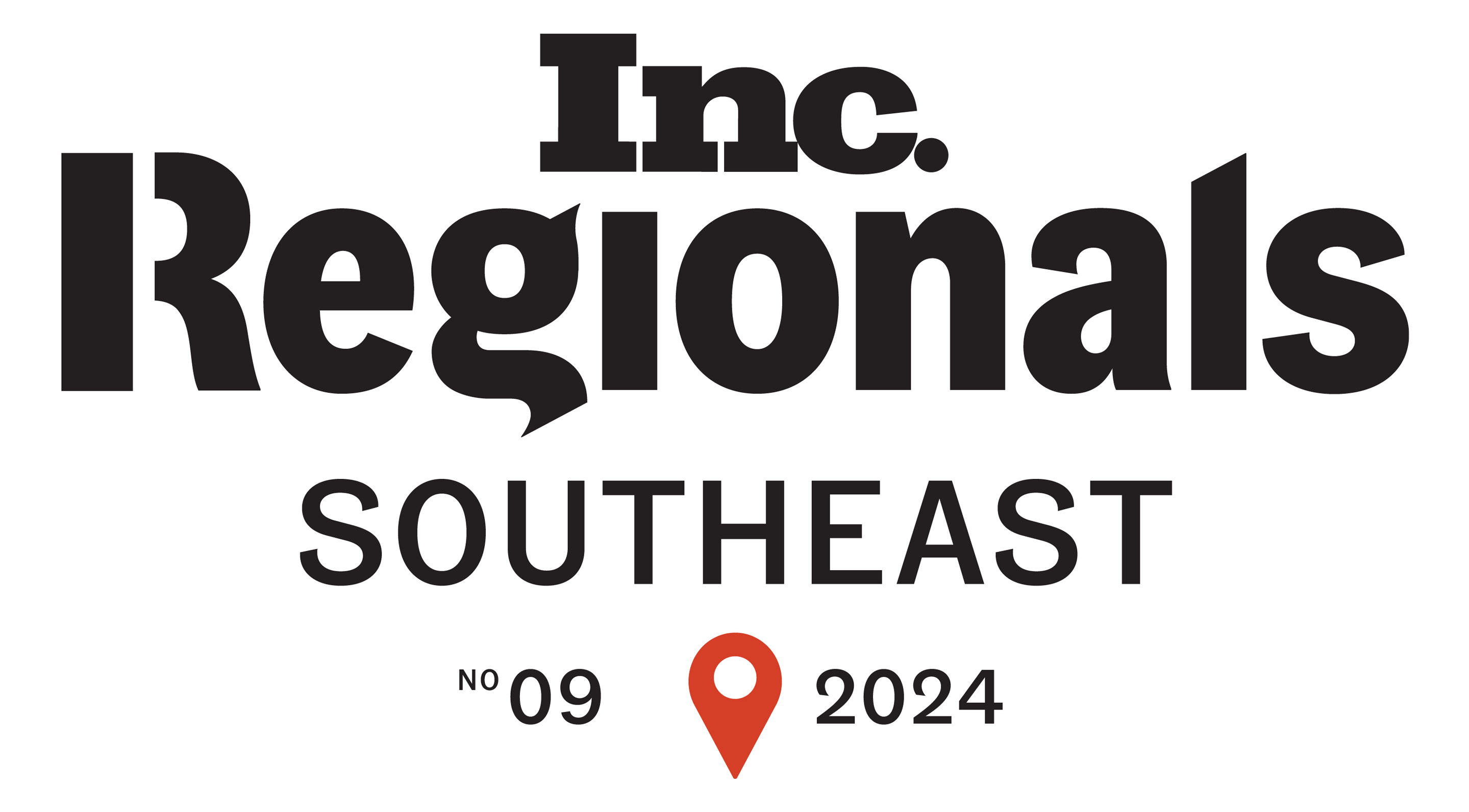As the complexity of products and the expectations of customers continue to grow, manufacturers are faced with a choice: to continue managing warranties in-house, or to embrace the future of outsourced warranty management.
Outsourcing warranty operations is not just a trend; it is a strategic move that can unlock a world of benefits for manufacturers. From cost savings and improved efficiency to access to specialized expertise and cutting-edge technology, the advantages of outsourcing are clear. However, the path to a successful transition is not always straightforward. It requires careful planning, execution, and ongoing management to ensure that the benefits are fully realized.
In this comprehensive article, we will explore the key steps and considerations for transitioning warranty operations to an outsourced provider. We will delve into the evaluation process, provider selection, transition planning, and continuous improvement strategies that are essential for success. This guide will provide you with the insights and tools you need to make informed decisions and drive long-term success for your business.
Evaluating the Need for Outsourcing: A Strategic Imperative
It is crucial to conduct a thorough evaluation of your current processes and determine the feasibility of outsourcing. This evaluation should not be taken lightly, as it will lay the foundation for the entire transition process.
Start by assessing your current warranty management processes, identifying pain points and inefficiencies that may be hindering your success. Common challenges faced by manufacturers include long claim processing times, inconsistent claim decisions, lack of transparency and communication with customers, and difficulty in managing warranty data and documentation. By understanding these challenges, you can begin to build a case for outsourcing and identify the specific areas where an outsourced provider can add value.
Analyze your resource allocation and costs associated with in-house warranty management:
- Salaries and benefits of dedicated warranty staff
- Technology and infrastructure expenses
- Training and development costs
- Opportunity costs of focusing on warranty management instead of core business activities
Finally, assess the benefits and risks of outsourcing warranty operations. Benefits include cost savings, specialized expertise, improved customer satisfaction, and focus on core competencies. Some risks include loss of direct control, communication barriers, data security concerns, and dependence on the provider's performance and stability. By conducting a thorough evaluation of the need for outsourcing, you can make informed decisions that align with your strategic objectives and set the stage for a successful transition.
Selecting an Outsourced Provider: The Key to Success
Once the decision to outsource warranty operations has been made, the next critical step is selecting the right provider. This decision can make or break the success of your outsourcing initiative, so it is essential to approach it with the utmost care and diligence.
Start by defining your selection criteria, focusing on the key attributes that are most important for your organization. Expertise in warranty management should be at the top of your list, as you want a provider that has a deep understanding of warranty processes and best practices, as well as experience in your specific industry or product category. Look for providers with technology and a proven track record of delivering measurable results and improvements, and the ability to provide insights and recommendations based on data analysis.
In addition to expertise, consider the provider's track record and reputation. Review case studies and references from existing clients, assess the provider's financial stability and growth trajectory, and evaluate their customer satisfaction and retention rates. Industry awards, certifications, and recognition can also be valuable indicators of a provider's capabilities and standing in the market.

Scalability and flexibility are also crucial factors to consider when selecting an outsourced provider. Your business is not static, and your warranty operations must be able to adapt to changes in claim volume, complexity, and scope. Look for providers that have the capacity to handle fluctuations in demand, the ability to support your growth and expansion plans, and the willingness to adapt to your specific requirements and processes. The provider should also have the capability to integrate with your existing systems and tools, ensuring a seamless transition and ongoing operations.
Conducting due diligence is a critical step in the selection process. Research potential providers through industry publications, analyst reports, online reviews, and testimonials. Attend trade shows and conferences to meet with providers and gather insights from peers and experts. Request proposals and conduct interviews with shortlisted providers, asking targeted questions about their approach to warranty management, experience in your industry, data security and compliance measures, service level agreements and performance metrics, and communication and collaboration processes.
When making the final selection, evaluate the cost-effectiveness of each provider, considering upfront and ongoing costs, potential cost savings compared to in-house operations, value-added services and benefits, and long-term return on investment. Also, carefully review the contractual terms and service level agreements, ensuring that they cover all essential elements such as scope of services, performance metrics and targets, pricing and payment terms, data security and confidentiality clauses, termination and renewal conditions, and roles and responsibilities of both parties.
Selecting the right outsourced provider is a critical decision that requires a strategic and thorough approach. By defining clear selection criteria, conducting due diligence, and evaluating cost-effectiveness and contractual terms, manufacturers can find a partner that aligns with their goals and sets the stage for a successful and long-lasting outsourcing relationship.
Transition Planning and Execution: The Roadmap to Success
With the right outsourced provider selected, the focus shifts to planning and executing the transition. A well-planned and executed transition is critical for ensuring a smooth and successful shift to outsourced warranty operations, minimizing disruptions to your business and customers.
Managing the Transition Period: Ensuring Seamless Operations
During the transition period, manufacturers must maintain a delicate balance between managing the transition activities and ensuring seamless operations for their customers. This requires close monitoring of progress, proactive issue resolution, and ongoing support and communication.

Review Key Performance Indicators (KPIs):
- Examples of KPIs: data migration accuracy and completeness, training completion rates and assessment scores, claim processing time and accuracy, customer satisfaction and feedback, and cost savings and efficiency gains
- By monitoring these KPIs closely, manufacturers can identify any deviations from the plan and take corrective action promptly
Reduce Bottlenecks And Define Escalation Process:
- Implement a risk management plan and contingency measures to mitigate potential disruptions
- Establish clear escalation paths and decision-making processes to ensure that issues are resolved quickly
- Encourage open communication and feedback from all stakeholders, and conduct regular status meetings and progress reviews to identify and address any challenges proactively
Training, Communication, and Tools for Success:
- Develop comprehensive training materials and documentation
- Conduct in-person or virtual training sessions
- Provide access to subject matter experts and resources:
- Assign dedicated transition managers or liaisons
- Facilitate introductions and relationships with key stakeholders
- Provide templates, checklists, and best practice guides
- Conduct regular meetings and check-ins
- Encourage open and honest communication
- Collaborate to find mutually beneficial solutions
Maximizing the Value of Outsourced Warranty Management
Once the transition to outsourced warranty management is complete, the focus shifts to continuous improvement and maximizing the value of the outsourcing relationship. This requires establishing clear performance metrics and benchmarks, conducting regular performance reviews, and implementing feedback loops and process refinements.
Continuous improvement is crucial for maximizing the value of your outsourced warranty management strategy. Establish a robust framework integrating well-defined performance metrics, rigorous performance reviews, and effective feedback loops and process refinements. Key performance indicators (KPIs) measure warranty operations' effectiveness, providing insights into critical aspects. Leverage these metrics to drive meaningful change by analyzing data, identifying trends, and establishing realistic benchmarks aligned with your business objectives and industry standards. Regular performance reviews should thoroughly examine KPI trends, customer feedback, and process efficiency, employing advanced data analytics to gain insights into performance gaps and develop targeted improvement strategies.
Feedback loops and process refinements are essential for continuous improvement in outsourced warranty management. Establish open communication channels with your outsourced provider, fostering a collaborative environment that promotes innovation and problem-solving through joint workshops, brainstorming sessions, and process mapping exercises. Implement process refinements in a structured manner using proven methodologies to ensure sustained improvement. Foster a culture of excellence and accountability within your organization and your outsourced provider's team, setting clear expectations, providing training and support, and recognizing outstanding performance. Embed continuous improvement as a core operating principle to unlock the full potential of your outsourcing partnership and achieve sustainable competitive advantage in a dynamic business environment.
Embracing the Future of Warranty Management
Outsourcing warranty operations is a strategic move that can unlock significant benefits for manufacturers, from cost savings and improved efficiency to access to specialized expertise and cutting-edge technology. However, a successful transition requires careful planning, execution, and ongoing management to ensure that the benefits are fully realized.
At OnPoint Warranty, we understand that the true power of outsourced warranty management lies in the relentless pursuit of continuous improvement. That's why we go beyond the initial transition, working hand-in-hand with you to establish robust performance metrics, conduct meticulous performance reviews, and implement dynamic feedback loops that drive process refinements. By partnering with OnPoint Warranty, you gain access to a wealth of industry best practices, thought leadership, and game-changing innovations that empower you to stay ahead of the curve and achieve unrivaled success in the ever-evolving landscape of warranty management.
Don't settle for the status quo; choose OnPoint Warranty and experience the transformative power of outsourced warranty management excellence. Contact OnPoint Warranty to schedule a strategic consultation, where our experts will work closely with you to assess your unique needs, goals, and challenges, and develop a tailored roadmap for success. Together, we can redefine the future of warranty management and unlock a world of unparalleled efficiency, cost savings, and customer satisfaction.







